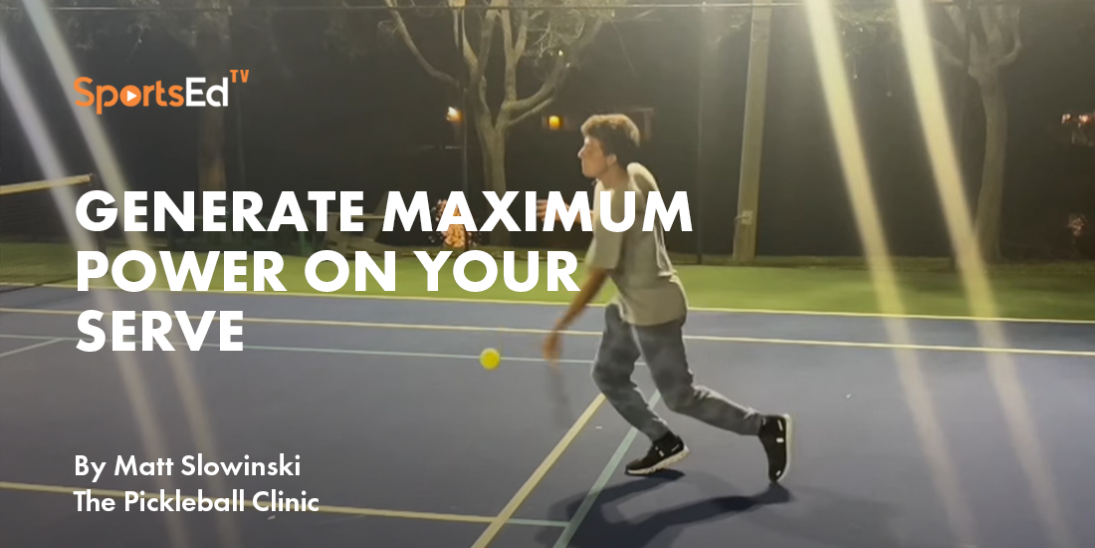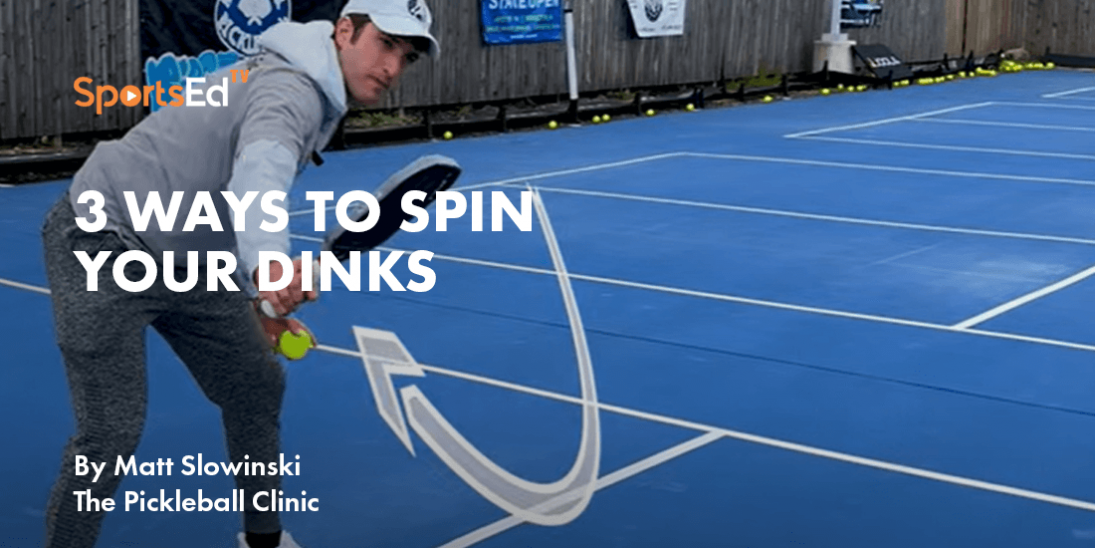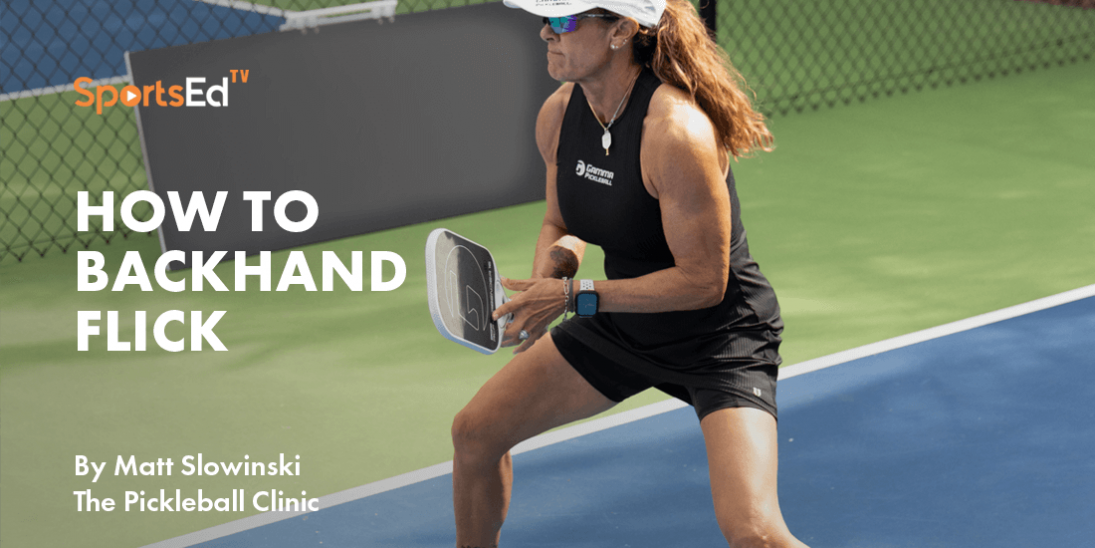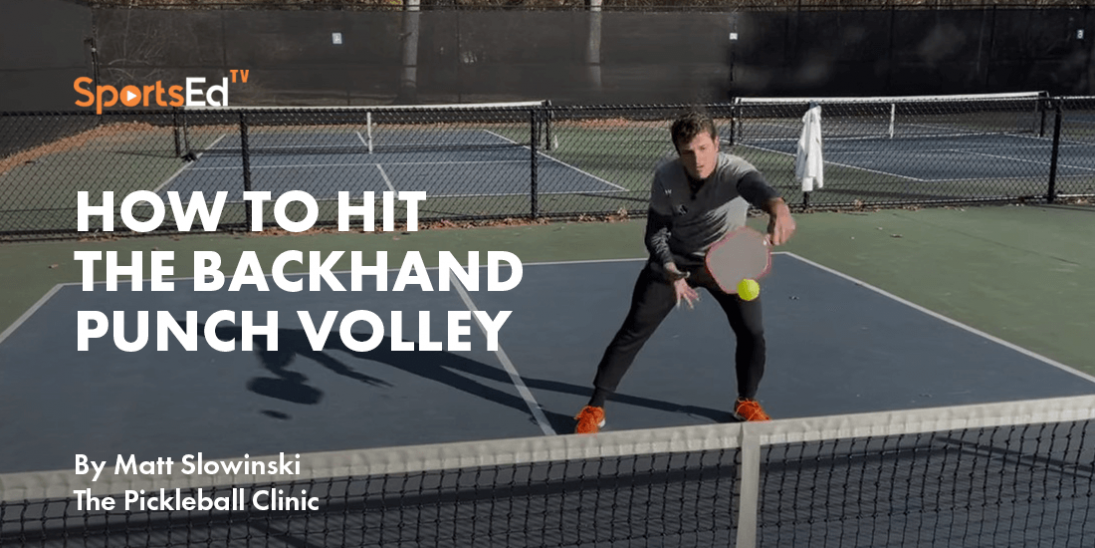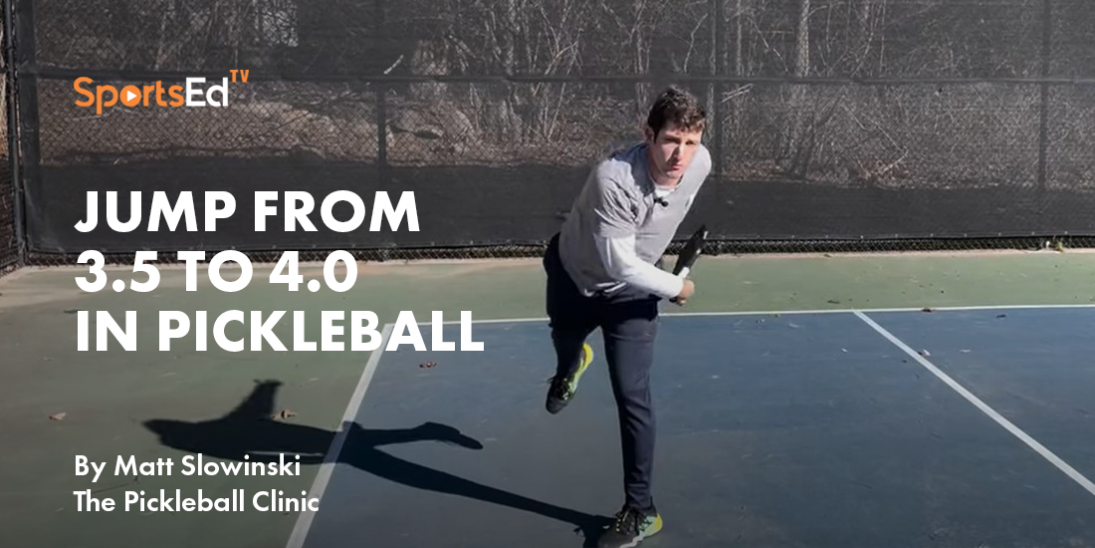Pickleball
Welcome and thanks for visiting...

How to go from a 3.0 to a 3.5 pickleball player
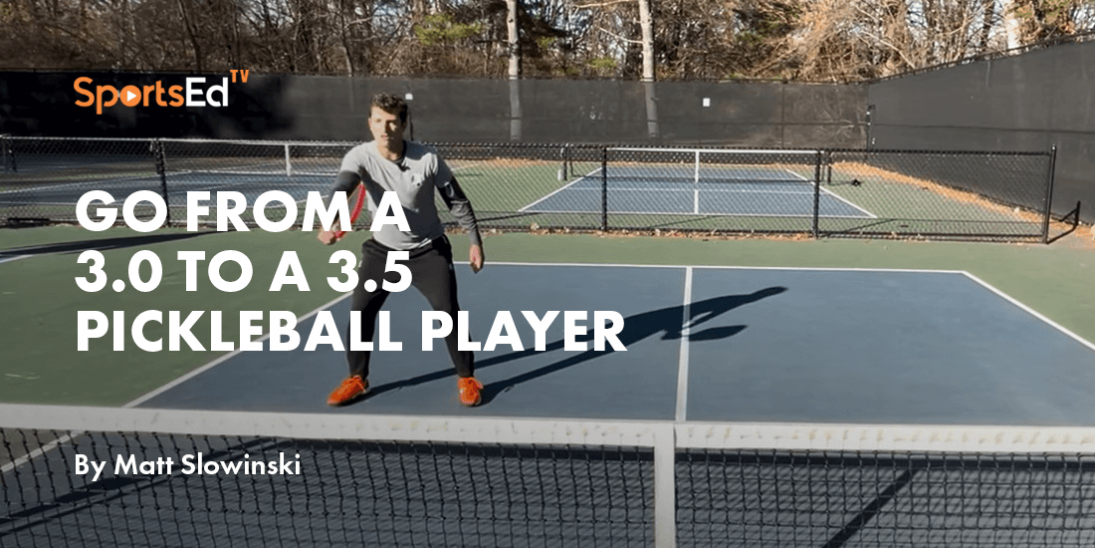
Today, Matt Slowinski with The Pickleball Clinic will be sharing his top three tips to help you get from a 3.0 player to a 3.5 player. There are a lot of different techniques and strategies that are commonly used by 3.5 level players that 3.0 level players haven't developed yet, but fortunately for you, these techniques are relatively simple, and just a little bit of work can help you make that jump from 3.0 to 3.5.
What is a 3.5 player in pickleball?
In pickleball, players are often classified into skill levels based on the USAPA (USA Pickleball Association) rating system, which ranges from 2.0 (beginner) to 5.0 (elite). A 3.5-level player in pickleball has improved forehand stroke development with a moderate level of shot control. They are learning stroke form for their backhand and starting to develop consistency, although they may still avoid using it if possible. They consistently get their serve and return in play but have limited ability to control depth. They have increased consistency in their dinking shots but limited ability to control height and depth and are able to sustain medium-length rallies. They are starting to understand variations of pace in their dinking shots. They are developing the drop shot to get to the net and are able to volley medium-paced shots, thereby developing control. They have a good understanding of court positioning and are learning proper court positioning. They have basic knowledge of stacking and understand situations where it can be effective. They are able to sustain short rallies and are learning to vary their game during recreational and tournament play. They move quickly towards the non-volley zone (NVZ) when the opportunity is there and acknowledges the difference between a hard game and a soft game.
#1 tip: Get to the kitchen on returns
The first one that we will discuss has to do with the return of serve and making it through the transition zone. A lot of 3.0-level players and 2.5-level players won't make it all the way up to the kitchen after hitting your return. A lot of times the returns might be short, so they don't have time to get all the way up or they just hit and watch the ball instead of automatically moving up to the kitchen line. Higher-level players 3.5 and above will always get to that kitchen line after hitting your return. But at the 3.0 level, we sometimes see players stay back. So, I will be giving you a couple of examples of the wrong way to do it, getting caught in the transition zone, and showing you why this is not the ideal place to be, and I will be showing you the right way to do it.
If my opponent hits me a serve and I hit that return short, I'm not going to have enough time to get all the way up before my opponent hits the next ball. Instead, what I want to do is hit a really deep return that's high and gives me time to get in. So ideally, I'm set at the line by the time my opponent is hitting. And you can see in the video that I was all the way up at the line, and I was able to split step right at that kitchen line by the time my opponent went to hit. So here, I'm not going to be vulnerable to any attacks any time I'm getting stuck here while my opponent is hitting. The third leaves me very susceptible to a hard third-shot drive. Or even if they take some pace off and hit it soft, I'm going to be hitting it down by my feet. Always the worst place to hit is down by your feet because you have to open up the paddle face. So automatically, the ball has to go up when you hit. It gives my opponent a really easy opportunity to slam it down.
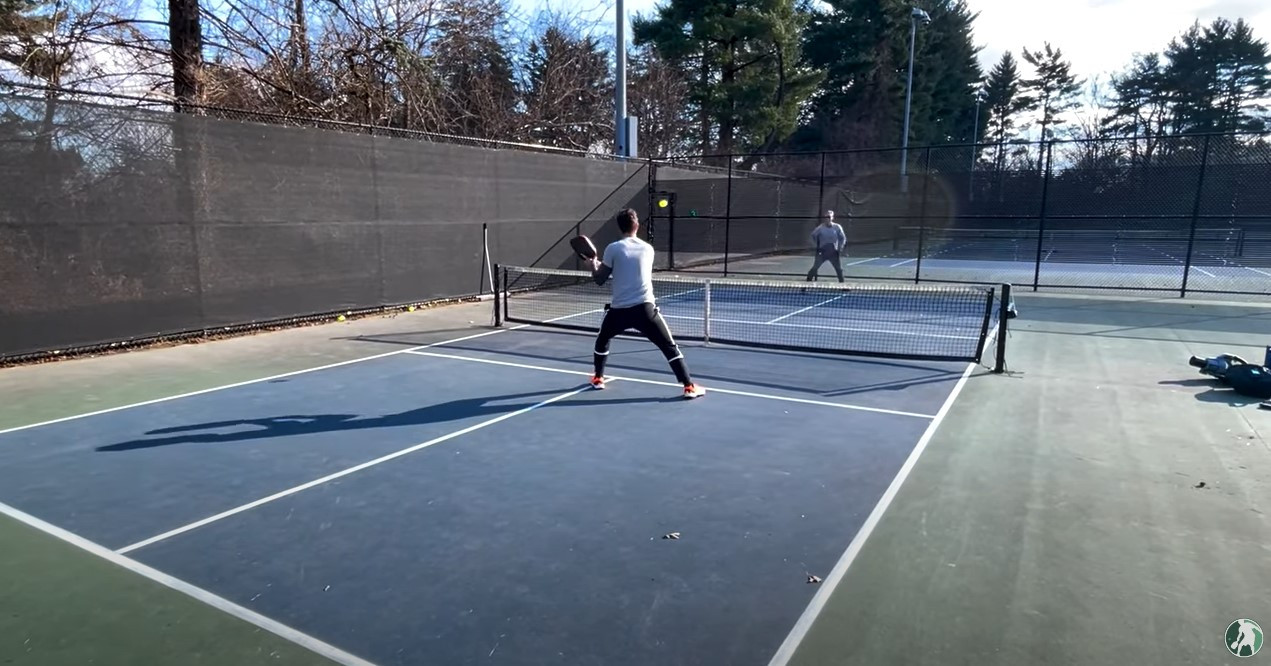
#2 tip: Favor your backhand on volleys and hit backhands as backhands
The second tip that will help you get from 3.0 to 3.5 is favoring your backhand when the ball is coming into your body. And there's a part to this tip, and that's actually hitting the ball as a backhand with the back of your hand facing the net as opposed to inverting it where you're hitting a forehand.
Whenever the ball is coming into your body, it's going to be almost impossible to defend that with a forehand. But with the backhand, I can defend all the way out to the left, I can defend in by my left shoulder, I can defend right in front of my chest, and I can even defend my right shoulder. So, because of this, I always want to be favoring my backhand side when I'm hitting volleys at the net. A lot of those 3.0 and under players will try to hit forehands because, of course, the forehand is always, almost always, more comfortable because it's the dominant side. But if you defend with your backhand, you can just punch that ball forward and this is very comfortable.
Now, part two of this tip is when it comes to using your backhand in pickleball, and it's important to keep the back of your hand facing toward the net. This means that your knuckles should be pointing toward your opponents. Many players make the mistake of inverting their backhand, which means their palm is facing toward the net. This can be uncomfortable and can limit your offensive capabilities. When you invert your backhand, you may find that your wrist is flexed back, and you won't be able to hit the ball as effectively. This can cause the ball to go off to the side. Instead, keep the back of your hand facing toward the net, and you'll be able to defend and hit more effectively in front of your body.
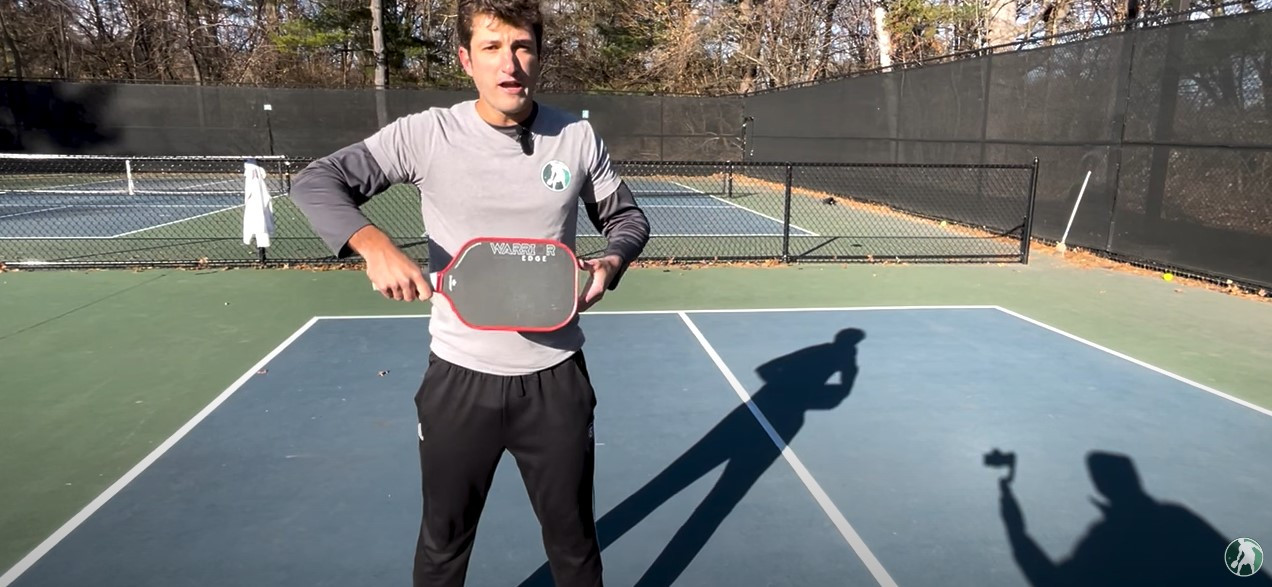
#3 tip: Keep your paddle up and ready
And our third tip today for getting from a 3.0 to a 3.5 player is to keep your paddle up and always be ready. A common mistake among 3.0-level players is hitting the ball and then leaving their paddle down. This leaves them vulnerable when the ball gets hit high to them. Instead, it is important to keep the paddle up at all times. By keeping the paddle up, you can block the ball back and reset, or you can always be ready for an attack. The paddle should always stay up right in front of your chest. As you play higher-level players, the pace of the point will be faster, and the balls will come harder at you if you leave your paddle down. Keeping the paddle up eliminates the need to raise it when defending and makes it easier to defend high balls and be prepared for an attack.
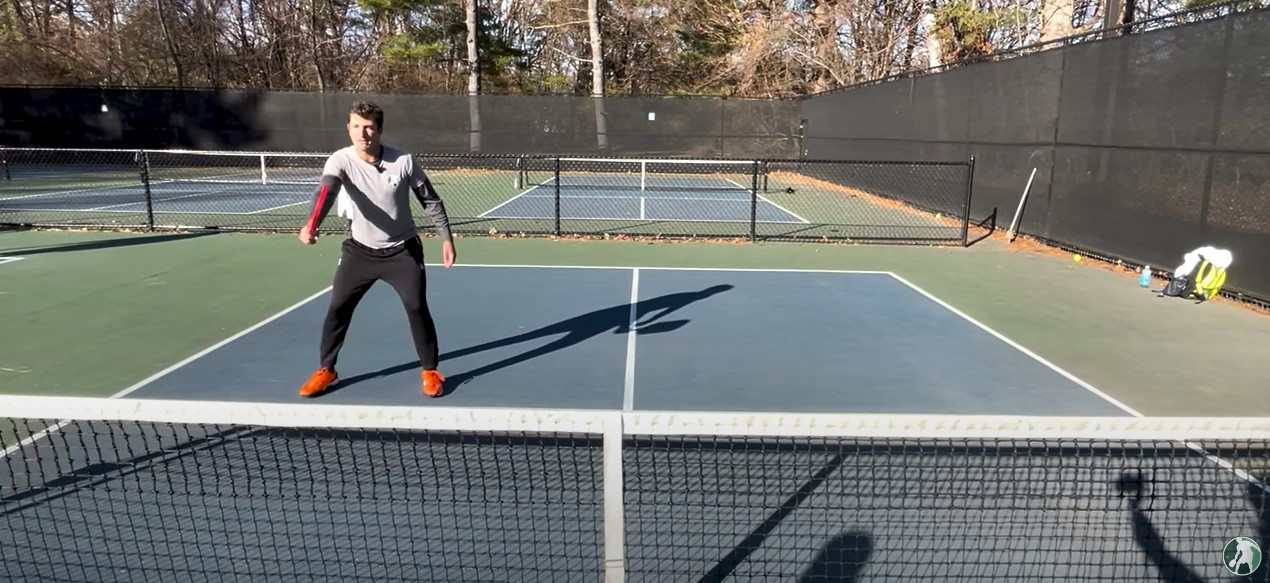
Remember that there are many other skills, strategies, and techniques that separate 3.0 and 3.5 level players, but implementing this tip will help improve your game."




